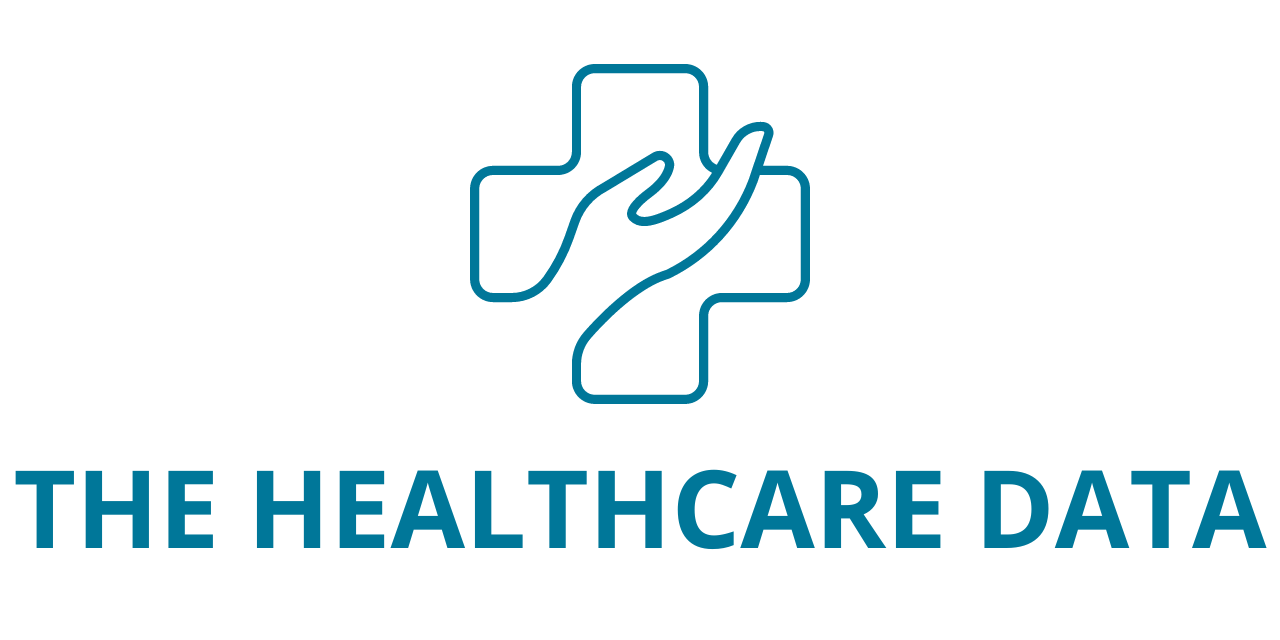Daiichi Sankyo Europe today reaffirmed its dedication to tackling unmet needs and barriers in cardiovascular care by highlighting treatment disparities and outcomes among different patient groups. This announcement coincides with the presentation of new data from sub-analyses of the SANTORINI observational study and the ETNA-AF (Edoxaban Treatment in Routine Clinical Practice in Patients with Nonvalvular Atrial Fibrillation) program at the European Society of Cardiology (ESC) Congress 2024.
Gender Inequalities in Cardiovascular Treatment and LDL-C Goal Achievement
Elevated low-density lipoprotein cholesterol (LDL-C) significantly contributes to the risk of major cardiovascular events, with studies indicating a 22% reduction in such events for every 1 mmol/L decrease in LDL-C. However, data from the SANTORINI study reveals that high-risk female patients in Europe are undertreated and less likely to reach guideline-recommended LDL-C levels compared to their male counterparts.
The SANTORINI study, funded by Daiichi Sankyo, aims to uncover the underlying causes of cardiovascular disease (CVD) in Europe. A sub-analysis of 5,197 male patients (mean age 65) and 2,013 female patients (mean age 66) showed that a lower proportion of women achieved LDL-C goals at baseline and after one year (16.9% to 24.6%) compared to men (22.9% to 33.3%). Additionally, more women received no lipid-lowering therapies both at baseline and at the one-year follow-up compared to men.
“These findings suggest that women are disproportionately undertreated and often fail to meet LDL-C goals despite similar guideline recommendations,” said Professor David Nanchen from the University of Lausanne. “There’s a clear need for improved management of cardiovascular risk in women.”
Impact of Treatment Adherence on Patient Outcomes
Effective treatment of atrial fibrillation with oral anticoagulants relies on patient adherence and persistence. Non-persistence with non-vitamin K antagonist oral anticoagulants (NOACs) has been linked to an increased stroke risk in atrial fibrillation patients. Daiichi Sankyo’s ETNA-AF program, which aggregates data from non-interventional studies across Europe, East Asia, and Japan, explores the global burden of CVD in over 28,000 patients followed for up to four years.
A post hoc sub-analysis of the ETNA-AF data showed that 87.4% of the 9,417 patients who completed the 4-year study persisted with edoxaban treatment. Factors associated with non-persistence included older age, male sex, extreme body weight, low renal function, heart failure, vascular disease, chronic hepatic disease, alcohol use, frailty, chronic obstructive pulmonary disease, smoking, current AF symptoms, and ablation.
“The high persistence rate with edoxaban treatment over four years is promising for addressing non-adherence,” said Professor Raffaele De Caterina of Pisa University Hospital. “Understanding the factors linked to non-persistence will help develop better treatment strategies in clinical practice.”
Treatment Challenges in Patients with Frailty and Comorbidities
Managing non-valvular atrial fibrillation (NVAF) in frail patients is complex due to multimorbidities, with NOACs prescribed to less than 50% of this population. Clinicians must balance stroke and bleeding risks when prescribing these medications. The ETNA-AF data indicate that frailty often leads to non-recommended dose reductions, with frail patients on a reduced 30mg dose showing a higher rate of all-cause mortality compared to those on the recommended 60mg dose, without a significant impact on major bleeding. This suggests frailty alone should not drive dose reductions.
Further analysis categorized patients into low, middle, and high tertiles based on body mass index (BMI), body surface area (BSA), and lean body mass (LBM). Thromboembolic event rates were low across all tertiles, but hemorrhagic events were higher in patients with lower BSA and LBM, indicating these metrics may be more critical than BMI when evaluating outcomes for patients on edoxaban.





